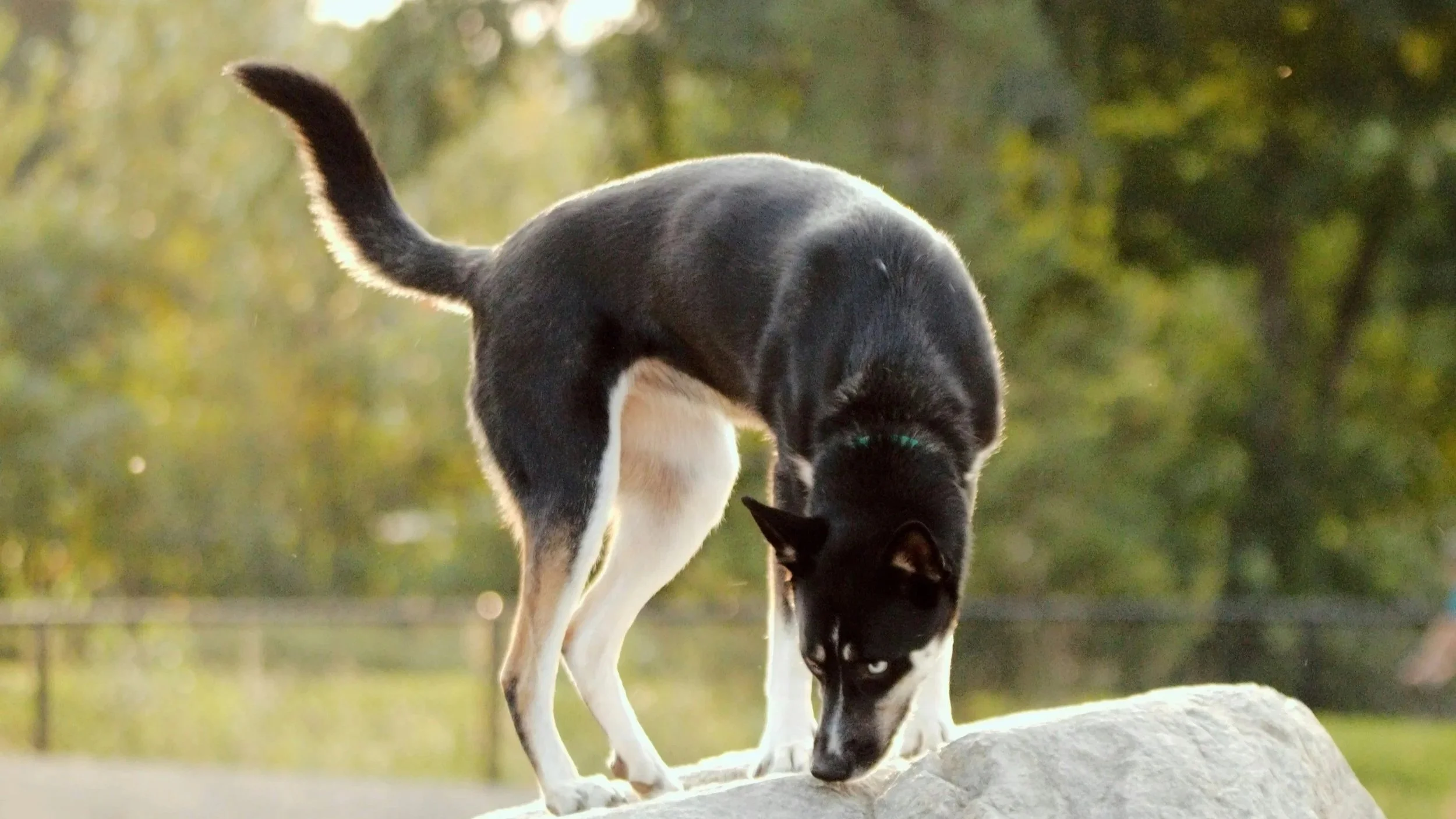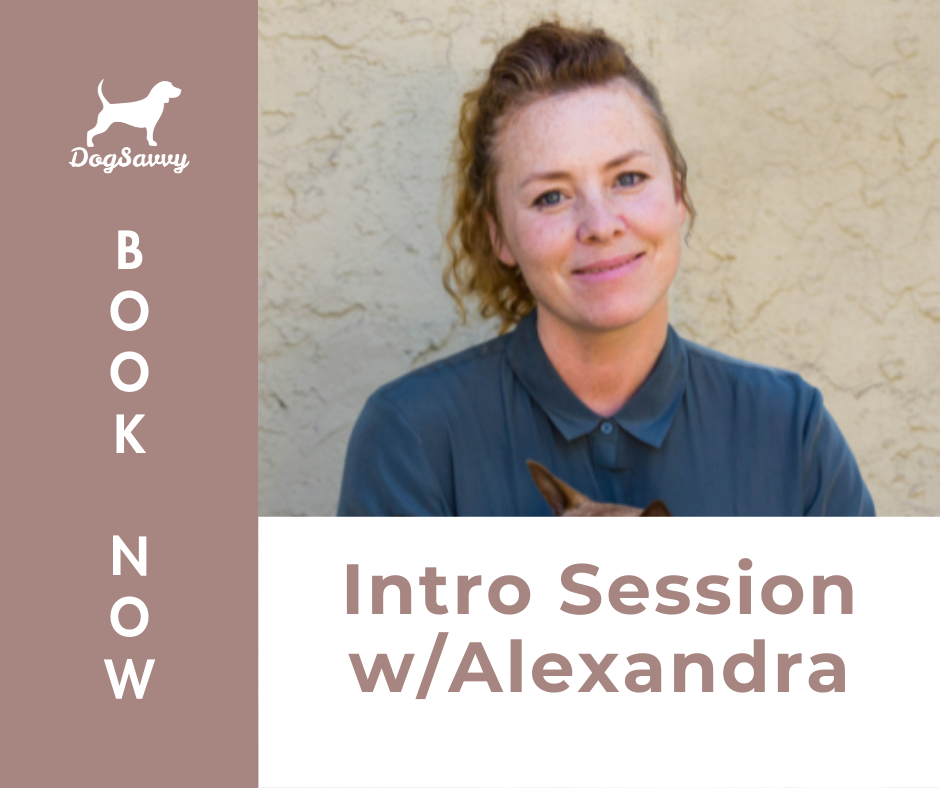Why Do Dogs Wag Their Tails? (Hint: It’s Not Always Happiness!)
Most people think a wagging tail means a happy dog—but that’s only part of the story. A dog’s tail is a powerful communication tool, a balancing aid, and even plays a role in scent dispersal. Let’s take a closer look at what your dog’s tail is really saying.
Reasons Dogs Wag Their Tails (Besides Happiness)
Tail wagging is like a built-in signal flag, but it doesn’t always mean joy. Dogs may wag their tails when they are:
Excited or anticipating something fun (like dinner or a walk).
Nervous or insecure—often with a low, tentative wag. (Learn about separation anxiety training)
Showing appeasement—a quick, low wag that says, “I’m not a threat.”
On alert—a stiff, slow wag when focusing on something.
Agitated or aggressive—a high, tight wag that signals tension. (See our reactivity training solutions)
👉 Context matters: a tail wag paired with relaxed body language means something very different than one paired with stiff posture and hard eyes.
How Dogs Use Their Tails to Communicate With Other Dogs
Dogs are body language experts, and tails play a huge role in dog-to-dog communication:
High and stiff → confidence or challenge.
Low or tucked → fear, submission, or appeasement.
Loose, sweeping wag → friendliness and relaxation.
Fun fact: Research shows that dogs wag more to the right when feeling positive, and more to the left when feeling stressed or uncertain. Other dogs pick up on these subtle cues!
Tails and Balance
A tail isn’t just for communication—it’s also a physical tool. Dogs use their tails as:
Counterbalances during fast running, leaping, or sharp turns.
Stabilizers on uneven terrain or when climbing.
Support for quick stops and pivots—especially in athletic breeds like herding dogs and sighthounds.
Tails and Scent Dispersal
Here’s something many people don’t realize: tails help spread a dog’s scent!
Dogs have scent glands near the base of the tail.
When they wag, they help release and disperse their unique chemical signature.
This lets other dogs learn information about them—like identity, sex, and emotional state—just by sniffing.
What About Dogs Without Tails?
Some breeds are naturally tailless, and others have docked tails. These dogs still communicate, but they rely more on:
Facial expressions (ears, eyes, mouth).
Posture and movement (whole-body wags, play bows, head turns).
Vocalization to add clarity.
However, studies suggest that docked dogs may sometimes face miscommunication with other dogs, since their “tail signals” are missing.
Did Domesticating Dogs Change Tail Wagging?
Yes! Wolves wag their tails too, but usually in very limited contexts—like greeting pack leaders. Over thousands of years of living alongside humans, dogs have:
Expanded when and how they wag (with people, not just other dogs).
Developed exaggerated, expressive wags through selective breeding.
Used wagging as a way to strengthen the human-dog bond.
✅ Takeaway
A wagging tail doesn’t just mean a happy dog—it’s a complex signal that can show excitement, nervousness, or even aggression. Tails also help with balance, scent marking, and communication. By learning to read your dog’s tail (along with the rest of their body language), you’ll understand them on a much deeper level.
Want to raise a confident, well-behaved pup? Check out our puppy training programs or work 1:1 with a certified trainer for separation anxiety, reactivity, resource guarding, and more.
👉 Understanding your dog’s body language—including tail wags—is the first step to building better communication. If your pup struggles with anxiety, reactivity, or behavior issues, we can help. Work 1:1 with a certified positive trainer to bring out the best in your dog. Start here →
About the Author: Certified Dog Trainer, Alexandra Bassett
Los Angeles dog trainer, Alexandra Bassett, is the lead dog trainer and behavior consultant at Dog Savvy, a private dog and puppy training company specializing in game-based dog training and positive training solutions for issues such as dog separation anxiety, leash reactivity, excessive barking, and aggression.
She is certified as Knowledge Assessed by the Council of Professional Dog Trainers (CPDT-KA) and is available for online dog training sessions via Zoom.


